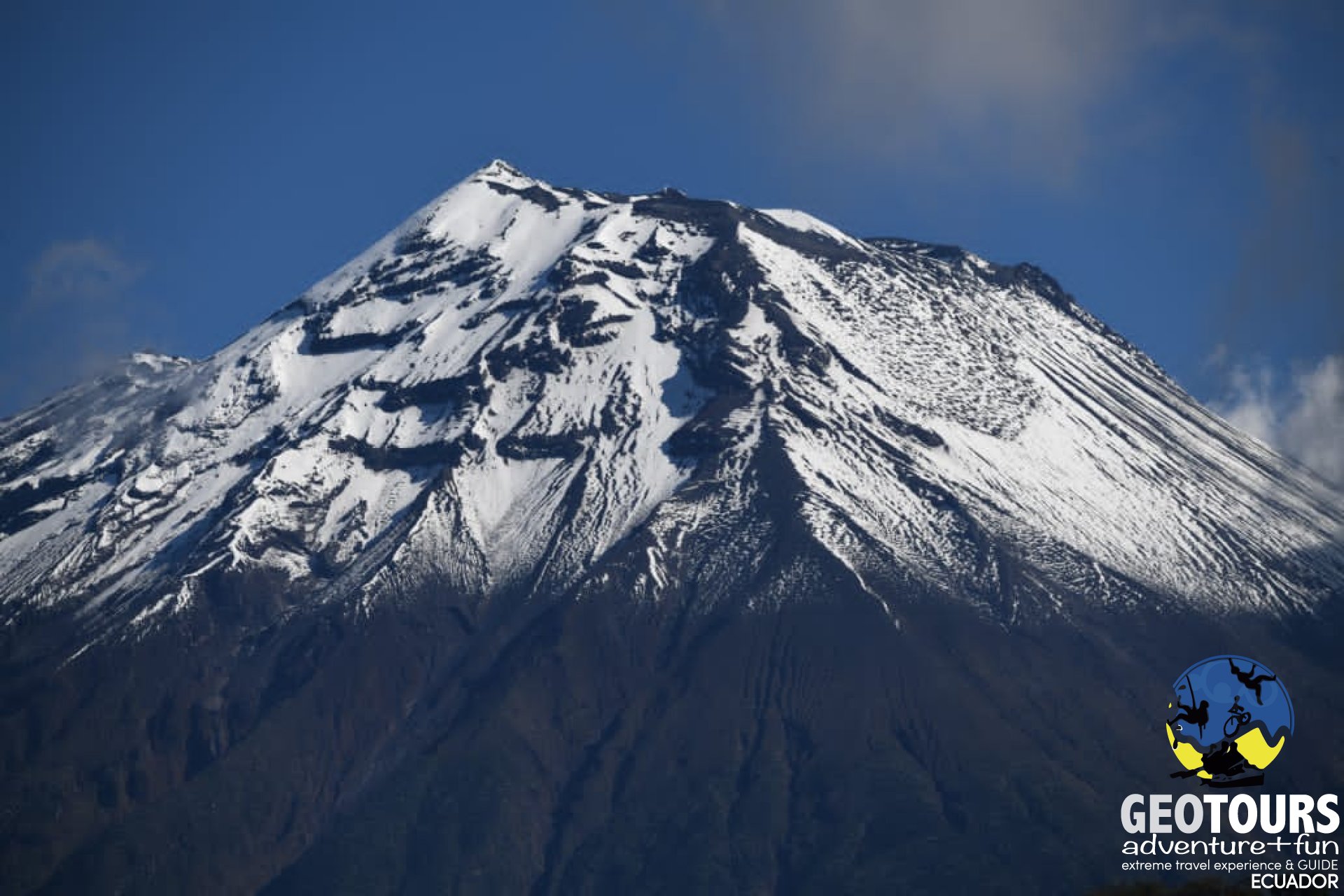
It is a geographic space where diverse ecosystem services and natural phenomena interact, forming part of the region’s Geodiversity in cohesion with anthropogenic, historical, and cultural activities. Located in the center of Ecuador, it is part of the Western and Real Cordilleras of the Andes, hosting various ecosystems and biodiversity. Together with the Geological Heritage represented by mountain formations, volcanoes, lagoons, rivers, landscapes, geomorphological features, and landforms, it allows for understanding, studying, and interpreting the Earth’s origin and evolution, the processes that have shaped it, past and present climates, as well as the origin and evolution of life.
The Tungurahua Volcano Geopark focuses its activities on Geoconservation, which, integrated with the Intangible Heritage of the territory, promotes scientific research actions to foster Geoeducation with the active participation of the local population. Through bio-enterprises and geo-products, the community promotes Geotourism, contributing to economic growth for the Sustainable Development of the territory.
Aligned with the Sustainable Development Goals, its activities contribute to the Global Agenda with a focus on gender, quality education, decent work and economic growth, supporting the development of sustainable cities and communities through responsible production and consumption, climate action, ecosystem conservation and life, as well as the generation of alliances to achieve these objectives.
Additionally, following the guidelines proposed in the Sendai Framework, the governance level of the Tungurahua Volcano Geopark considers priority spheres for Disaster Risk Management in its activities, focusing on understanding, strengthening, and contributing to preparedness for disaster situations, in order to provide an effective response in recovery, rehabilitation, and reconstruction processes, which at local and regional levels enhance resilience.
Its governance structure includes the Decentralized Autonomous Provincial Governments of Tungurahua and Chimborazo, and the Municipal Governments of Baños, Patate, Pelileo, Penipe, and Guano. The geographic area covers 2,397 km², encompassing protected areas such as Llanganates National Park, Sangay National Park, Chimborazo Fauna Production Reserve, Zuñag, and La Candelaria, as well as sections of the Patate, Chambo, and Pastaza river basins.
Come and visit the Tungurahua Volcano Geopark, explore its vast Geological Heritage, magical Geosites, and learn about the Earth’s evolutionary processes, geomorphological features, rock formations, fossils, soils, and surface deposits that form a set of natural resources of high scientific, cultural, and educational value, promoting sustainable development across the environmental, socio-cultural, and economic axes of the local community.